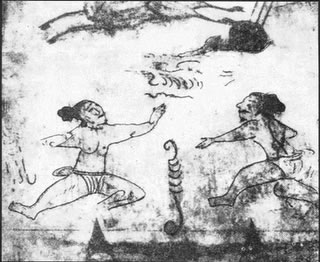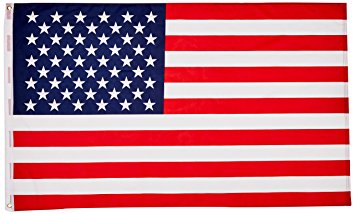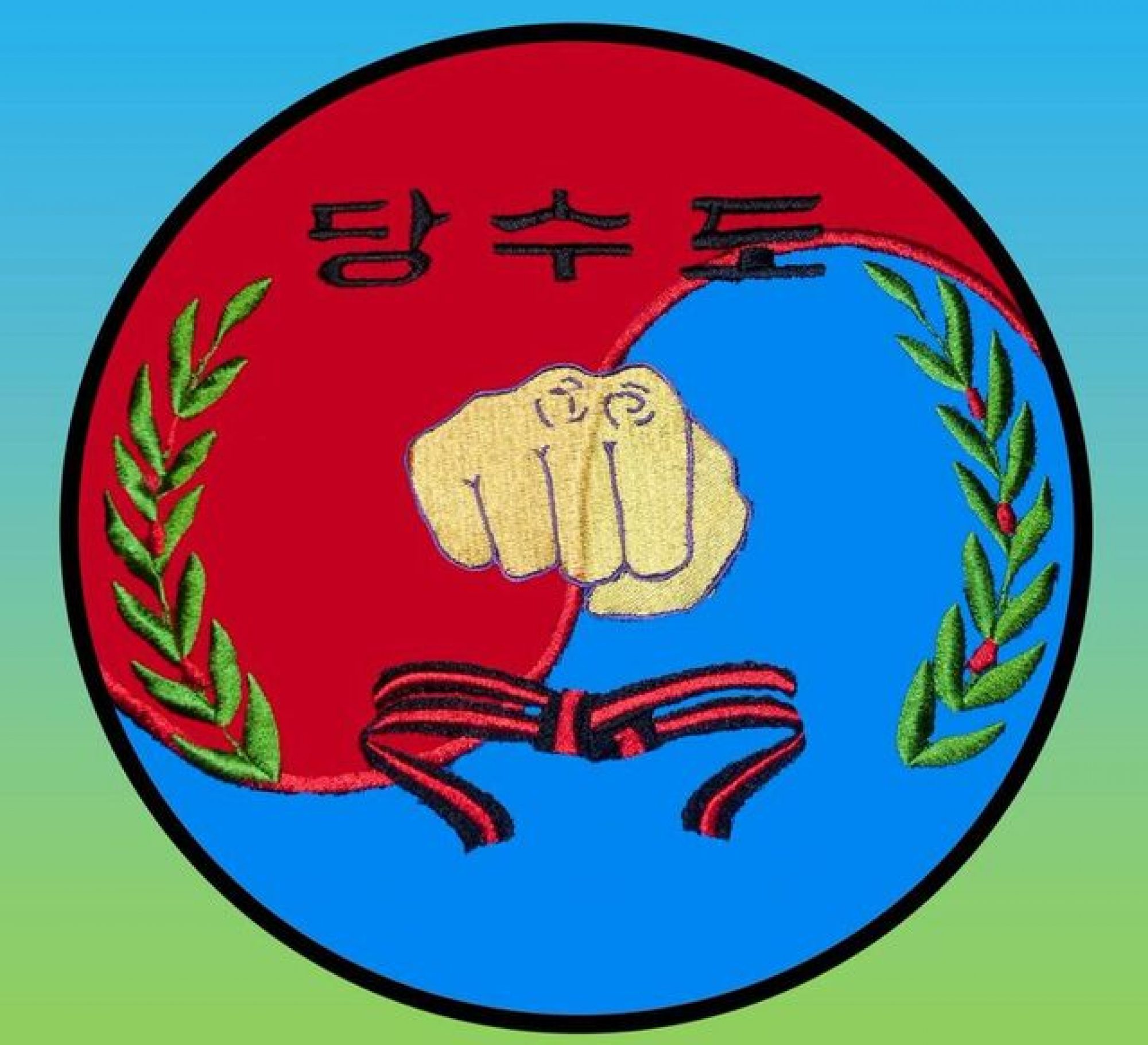Skip To:
HISTORY OF TANG SOO DO
The history of Tang Soo Do dates back approximately 2,000 years ago. At that time, Korea was divided into 3 kingdoms: Koguryo, Paekjae and Silla. A mural painting has been found in a royal tomb of the Koguryo dynasty which depicts 2 men practicing and early form of  Tang Soo Do. It is believed that this tomb was built between 3 AD and 427 AD. However, it is the Silla dynasty that claims the Hwa Rang warriors invented Tang Soo Do. The Hwa Rang were a group of elite martial art warriors who lived and died by a strict code of honor. With the help of the Hwa Rang warriors and China, the Silla kingdom defeated the other 2 kingdoms and unified Korea in 668 AD. Tang Soo Do remained a martial art basically for the Hwa Rang and military society. During the Japanese occupation of Korea, martial arts were restricted and Tang Soo Do was practiced in secret. After World War II, it became popular again and its popularity gradually spread to the general public and many different schools were opened.
Tang Soo Do. It is believed that this tomb was built between 3 AD and 427 AD. However, it is the Silla dynasty that claims the Hwa Rang warriors invented Tang Soo Do. The Hwa Rang were a group of elite martial art warriors who lived and died by a strict code of honor. With the help of the Hwa Rang warriors and China, the Silla kingdom defeated the other 2 kingdoms and unified Korea in 668 AD. Tang Soo Do remained a martial art basically for the Hwa Rang and military society. During the Japanese occupation of Korea, martial arts were restricted and Tang Soo Do was practiced in secret. After World War II, it became popular again and its popularity gradually spread to the general public and many different schools were opened.
Flag Meanings
KOREAN FLAG
The Korean flag is called, “Tae Keuk Ki.” A red and blue circle called the Tae Keuk is located in the center. The Tae Keuk is the symbol of the harmony of life and represents the philosophy of much of the orient. The red part of the Tae Keuk is the Yang and the blue is the Um. They represent opposites that balance to make life’s harmonies (masculine/feminine, good/bad, night/day, etc.)

3 solid lines represent Heaven
3 broken lines represent Earth
2 solid lines represent Fire
2 broken lines represent Water
AMERICAN FLAG
The American flag is composed of 50 stars representing 50 states in the USA. The 13 stripes represent the 13 original colonies that declared independence from Great Britain. The color red symbolizes courage, war and blood. Blue symbolizes justice, loyalty and ambition. White represents truth, freedom and purity.

MEANING OF BELT SYSTEM
WHITE: Beginners belt color. White represents a primitive stage of achievement. This represents the seed as it lies dormant beneath the snow of winter.
YELLOW: Represents the stirring of the seed as it readies itself for the coming of spring.
ORANGE: Represents new growth which appears in the spring. This is the point in which true Tang Soo Do knowledge begins to reveal itself to the practitioner.
GREEN: Represents the speedy development of youth as summer arrives.
BROWN: Represents power, stability, agility, weight and wisdom. This is a stabilizing stage, both mentally and physically. In comparison with the plant, in this stage growth is curtailed and preparation for the flower in late summer is made.
RED: Represents blood life, energy, attention and control. The practitioner’s power and techniques begin to bloom and ripen.
BLUE: Represents maturity, respect and honor. Our blue belt is given to the Cho Dan Bo. At this point, the practitioner must prepare his or her mind and body for the final step needed to obtain blackbelt.
BLACK: Represents mastery, calmness, dignity and sincerity. Blackbelt is the final stage of one life cycle, but more importantly the beginning path which leads up through the higher ranks of blackbelt to true mastery.
MISCELLANEOUS
TANG SOO DO means country, hand & fist, way of life
Jang Song Kye created the Nahanchi (aka Neh Boo Jin) forms (ground fighting) over 900 years ago in Ha Buk, China. It is represented by and iron horse.
It is unknown who created the Bassai forms (So means lesser; Dae means greater) in the 16th century in Hwa Nim, China. It is represented by the snake.
Jin Te created Jin Do in the 17th century in southern China. It is represented by the crane standing on a rock.
Mister Idos created the Phyung Ahn Hyungs (calm & peace of mind forms) in 1870 in Hwa Nam, China. It is represented by the turtle.
Hwang Kee created the Kee Cho Hyungs (beginner basic forms) in 1947 in Seoul, Korea. It is represented by an infant child.
Master Shin created the staff forms in 1983 in Philadelphia, Pennsylvania, USA.
John Lescalleet created Chung Shin Tung Il Hyungs (mind concentration forms) in 2000 in Hummelstown, Pennsylvania, USA.
